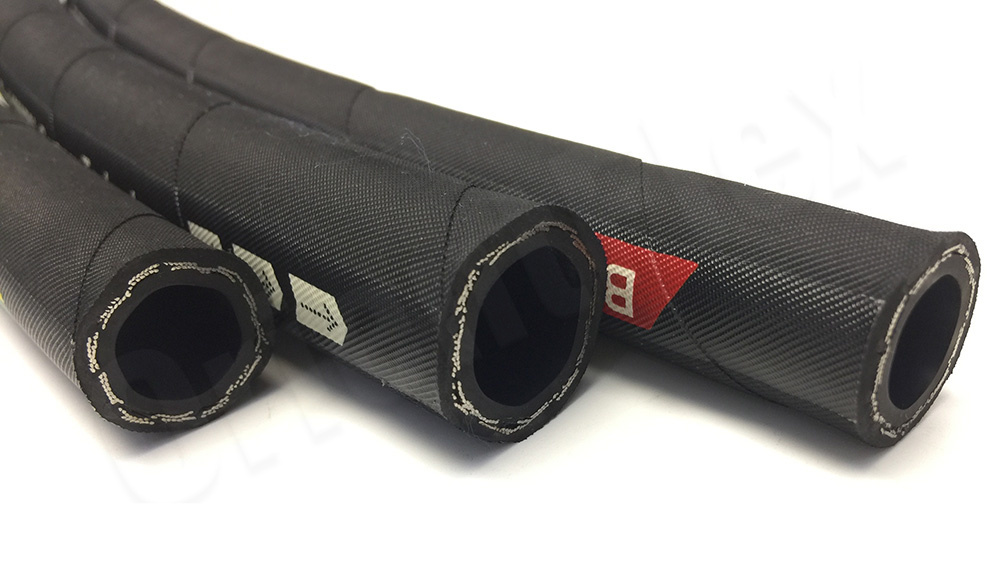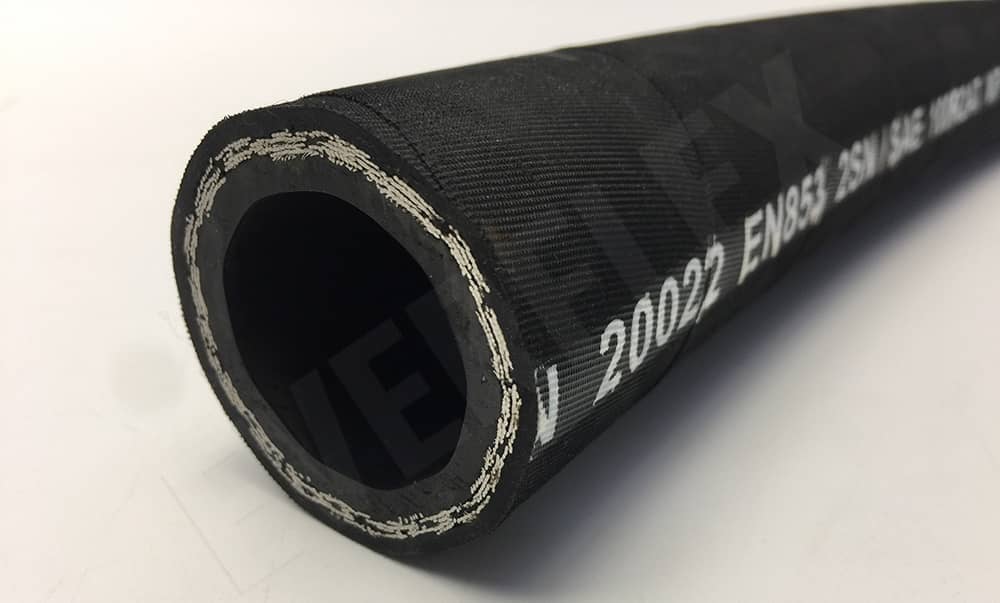Hydraulic fittings are indispensable components utilized across a multitude of industries. Prominent among these are the automotive sector, coal mines, oil wells, and drilling platforms. In this article, we will take an in-depth look at the specifications and models of high-pressure hose fittings, equipping you with the knowledge necessary to accurately identify and select the right components when it comes time to replace hydraulic hose fittings.
Stainless Steel Hydraulic Joints
Stainless steel hydraulic joints come in a diverse range of configurations. These include straight-through joints, 90°right-angle joints, 45°elbows, tee joints, and four-way joints, etc. As their names suggest, these designations clearly indicate the angle at which the joint redirects the flow of hydraulic fluid, providing flexibility in routing within hydraulic systems.
When it comes to threads, there is a rich variety of standards in use. American threads, British threads, and metric threads are some of the most common ones. Additionally, different thread technologies such as straight threads and tapered threads offer distinct advantages in terms of sealing performance and ease of installation. These thread standards, combined with the various joint configurations, form the building blocks of a complete hydraulic joint system.

However, in industry standards, rather than being described in plain language, these characteristics are represented by specific codes. These codes are carefully combined to create a comprehensive identification system for each hydraulic joint. Through this coding system, a wide variety of hydraulic joints can be precisely defined and differentiated, ensuring that the right joint can be selected for any given hydraulic application.
For instance, within the hydraulic joint model system, in the 1C9 series, the digit “9” specifically denotes a 90-degree joint. Similarly, for 45-degree joints, such as the 1CG4 model, the number “4” clearly indicates that it is designed for a 45-degree redirection of the hydraulic flow.







